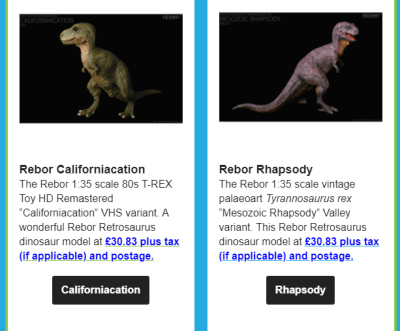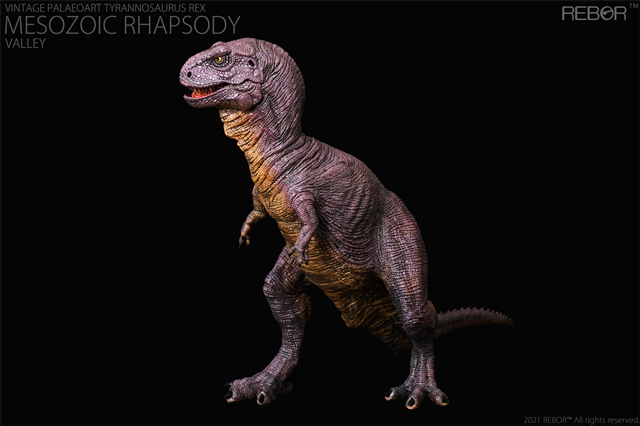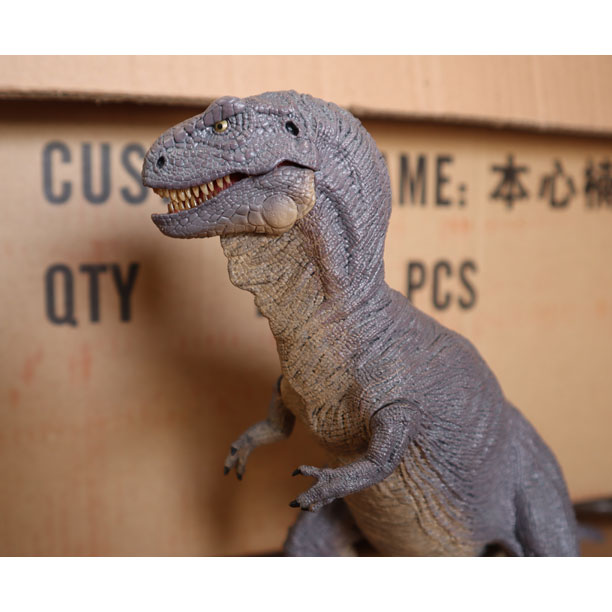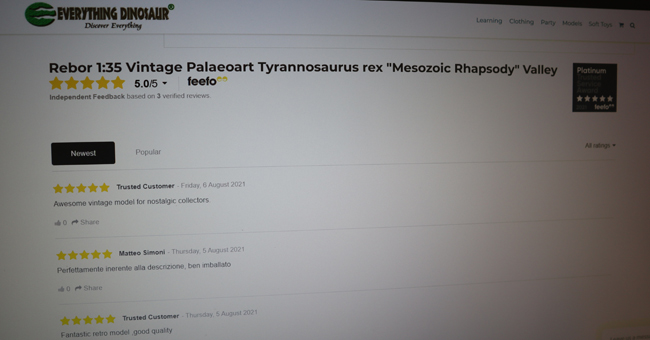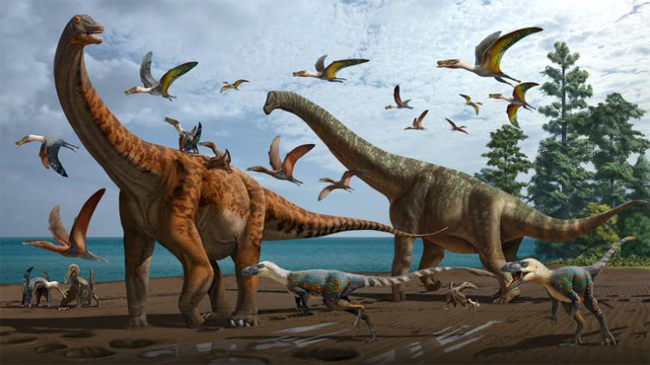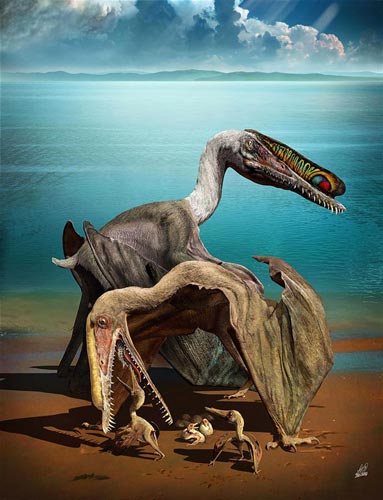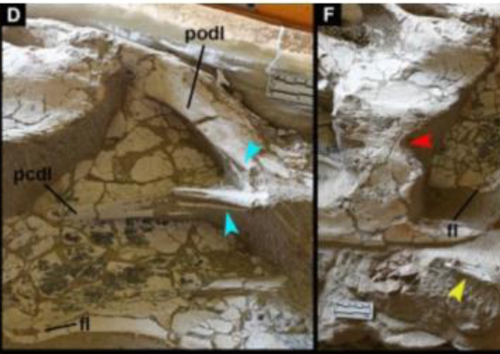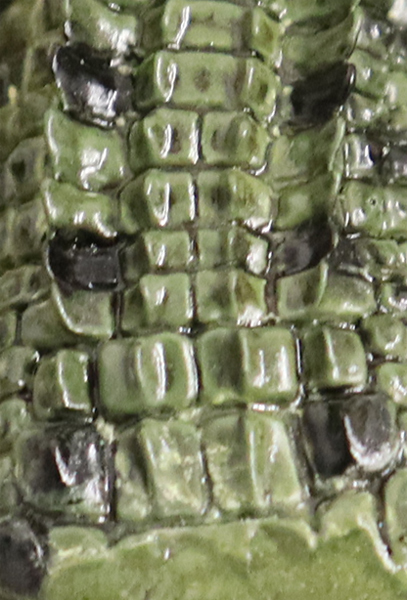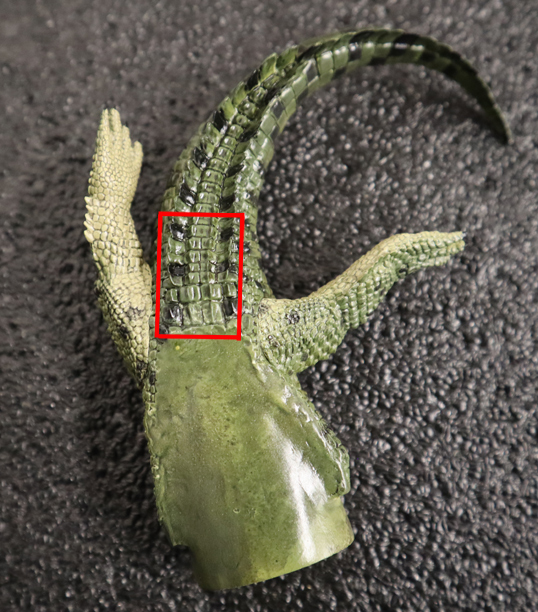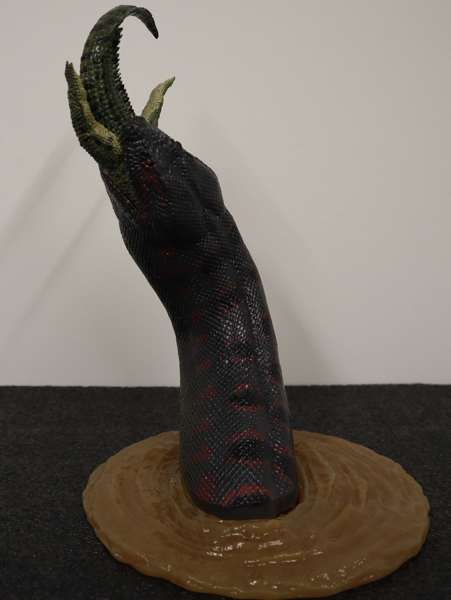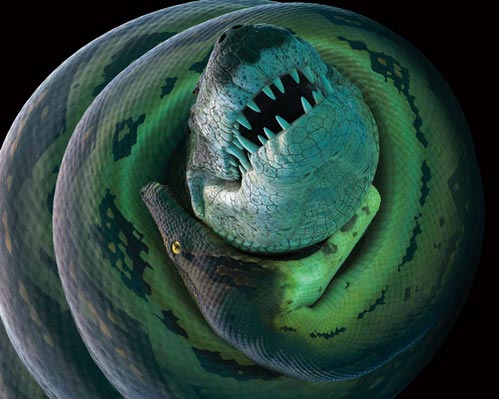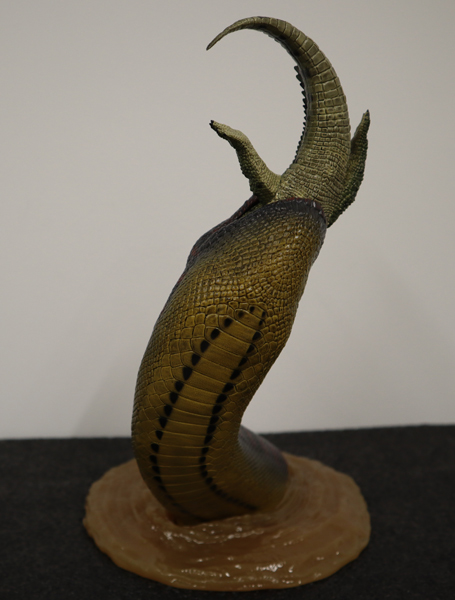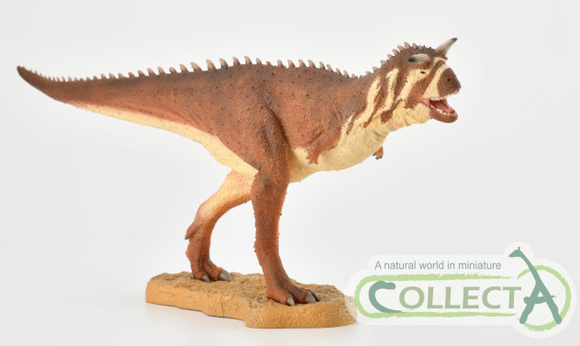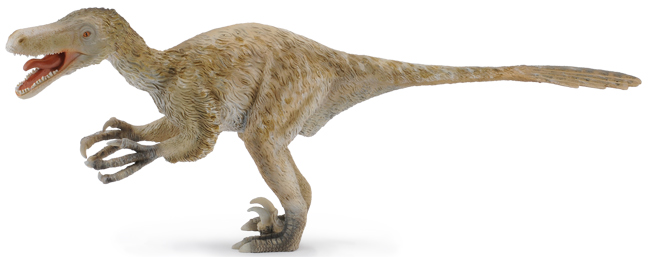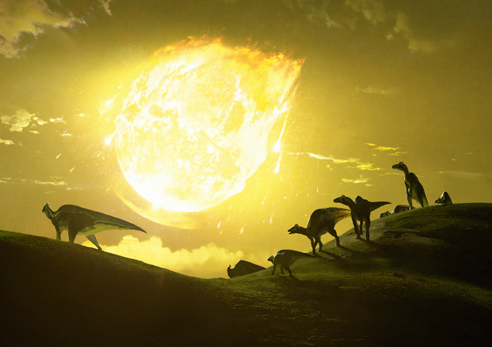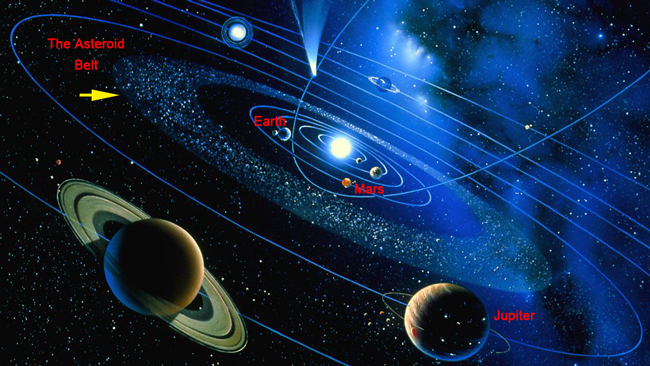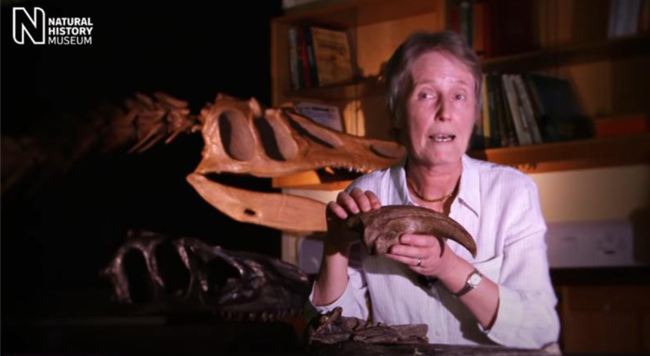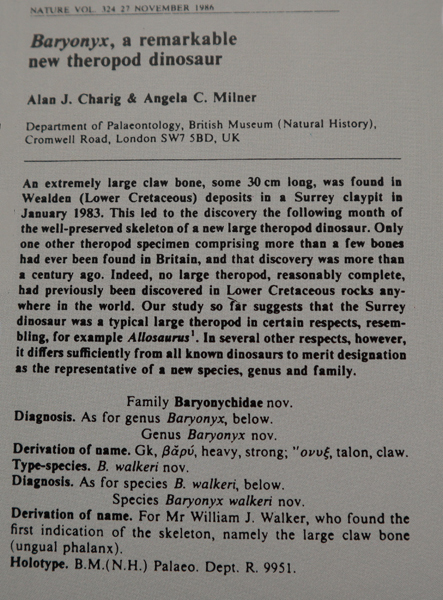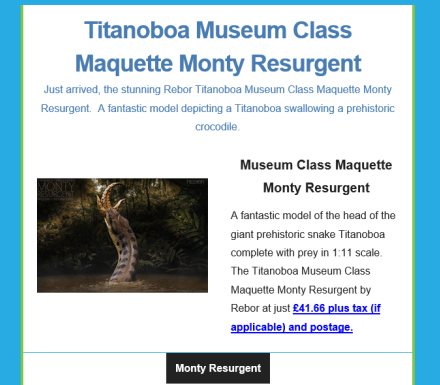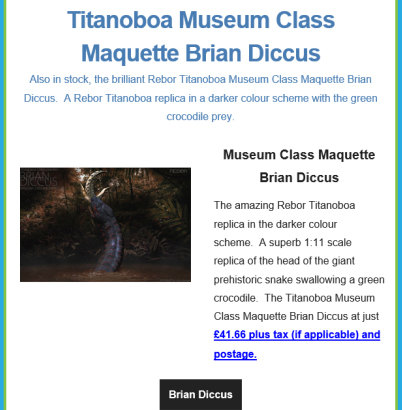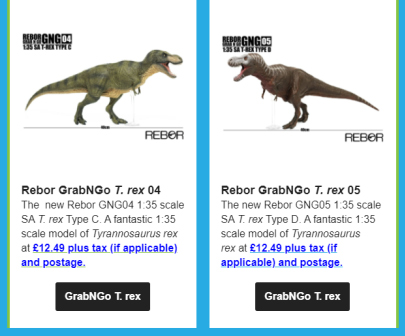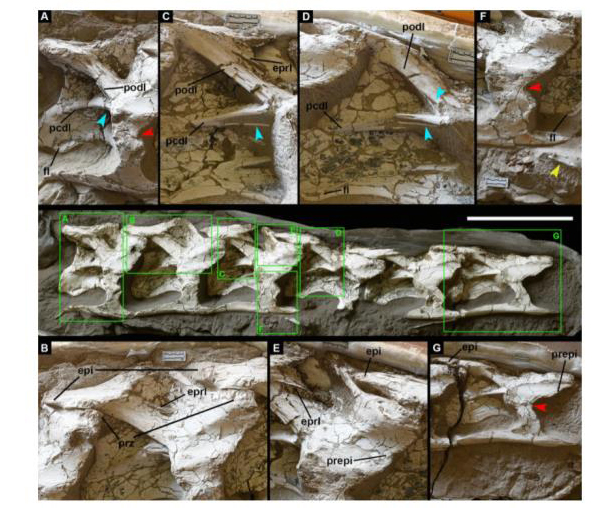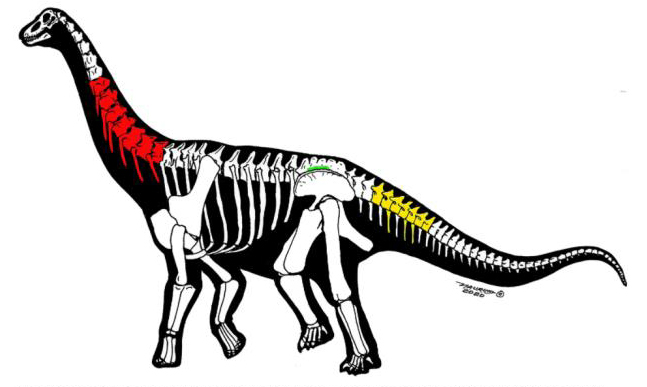The Sensational “Southsea Dinosaur” to Rise Again
In the summer of 2010, a giant sculpture of a plant-eating dinosaur named Luna Park was erected on Southsea Common. The huge statue, created by Studio Morison, stood 16 metres tall and was over 22 metres long. It was so large that it could be seen from the Isle of Wight. Unfortunately, a fire in October 2010 completely destroyed this local landmark, but plans are in place to install a tribute to the “Southsea Dinosaur”, albeit on a smaller scale.
To read Everything Dinosaur’s blog post from 2010 about the arrival of Luna Park: Ultrasauros Visits Southsea Common.
Fire destroys huge dinosaur statue: Giant Dinosaur Statue Destroyed in Blaze.
A Tribute to a Local Landmark
Plans are well advanced to introduce a new public artwork for Portsmouth that pays tribute to the much loved “Southsea Dinosaur”. A new artwork designed by Ivan Morison and Heather Peak of Studio Morison will be installed this autumn. The installation will be officially opened on October 2nd, exactly ten years since the original sculpture was destroyed in a fire.
This new piece of public art will consist of a bronze sculpture of the original, affectionately known by local residents as the “Southsea Dinosaur” atop a fossil Portland stone plinth. Portland stone is limestone that was laid down at the very end of the Jurassic. It has been quarried for centuries and is an excellent building material. It is highly fossiliferous and contains many fossils including the famous “Portland screws”, which are the moulds in the rock created by snail shells as they dissolved away.
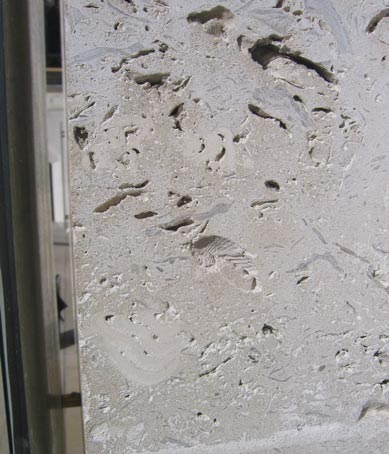
Picture credit: Everything Dinosaur
A spokesperson from Everything Dinosaur commented that the choice of Portland stone for the plinth was very appropriate as footprints representing giant, long-necked dinosaurs similar to Luna Park had been discovered preserved in these rocks.
Visit the Everything Dinosaur website: Everything Dinosaur.
Celebrating on Southsea Common
The work will be 1.4 metres high in total. In addition to key information about the work, a plaque on the plinth will also feature a QR code which when scanned with a smartphone will connect to an augmented reality experience, showing a digital rendering of the original artwork seemingly in front of the user, on Southsea Common.
Viewers will also be able to use their mobile device to visit a digital archive of memories contributed by the general public in honour of the original artwork. The work will be located within a direct sightline to the position of the original Luna Park sculpture.
It is hoped that the piece will generate new memories for locals and visitors. More than 12,000 residents joined an independently created Facebook group called “RIP Southsea Dinosaur” when Luna Park was tragically destroyed in 2010 and since summer 2020, a Crowdfunder has raised £10,000 to build a bronze replica of the original statue.
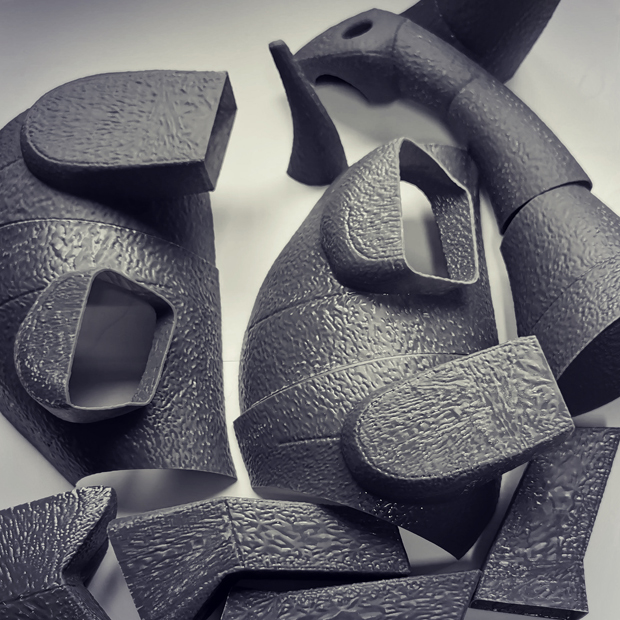
Joanne Bushell, Director of Aspex, Portsmouth’s contemporary art gallery, currently celebrating its 40-year anniversary which is curating the installation commented:
“There is a tremendous spirit of warmth towards the original work and we are thrilled to be exhibiting it this year as part of our anniversary celebrations.”
We at Everything Dinosaur wish the organisers every success with their venture. It is great to see a tribute to Luna Park and whilst marvelling this contemporary installation, perhaps visitors will reflect that some 145 million years earlier, dinosaurs similar to Luna Park roamed nearby.


